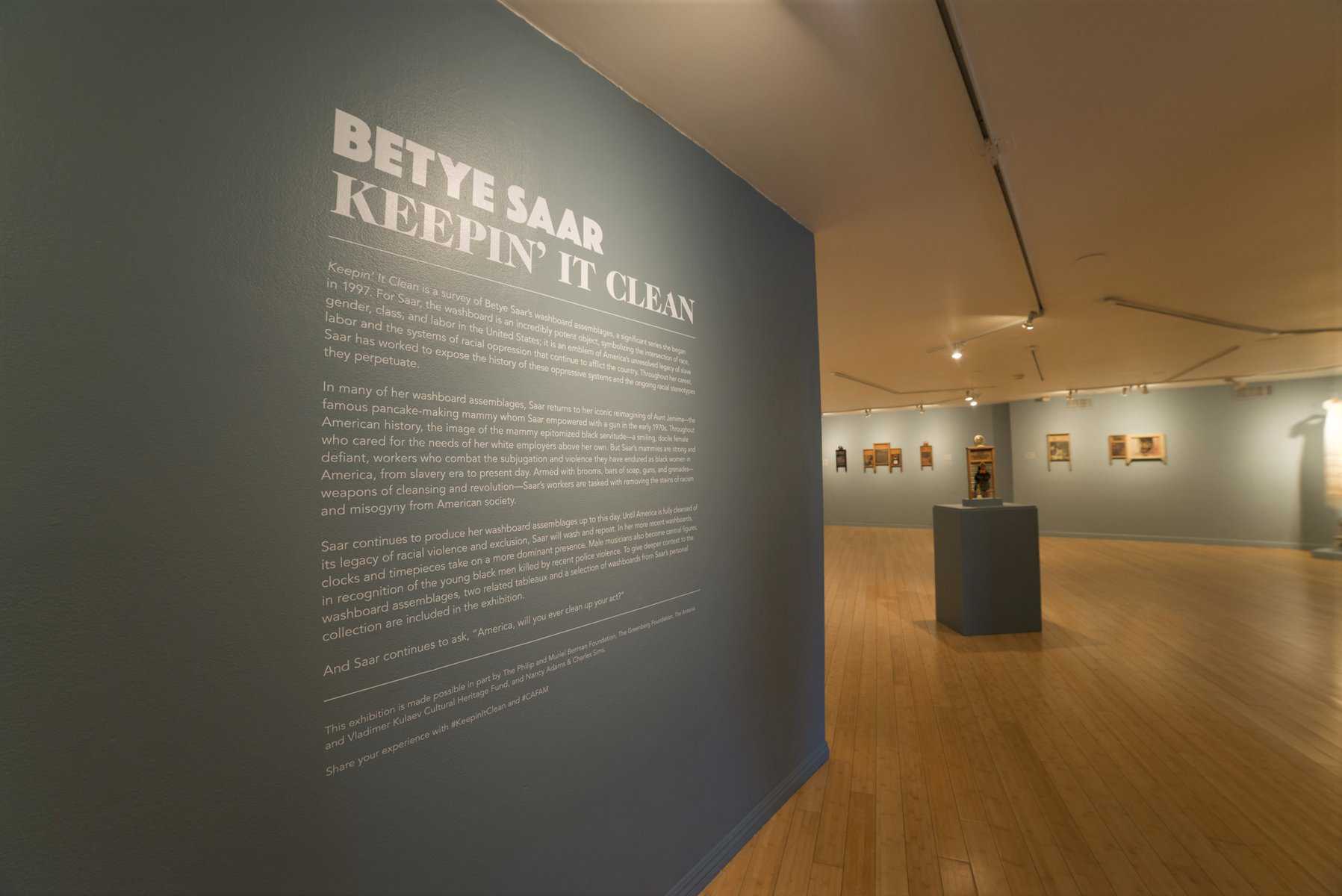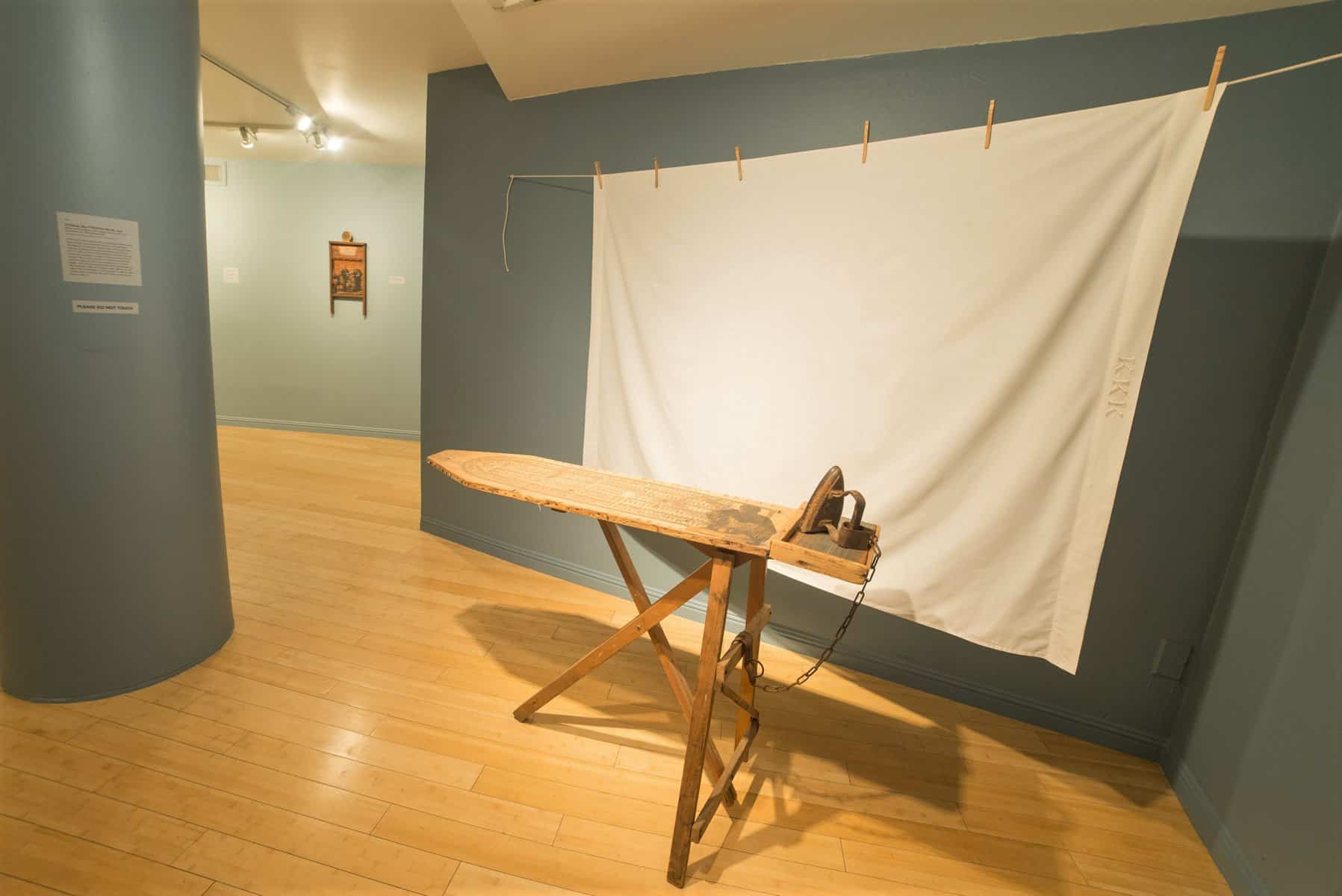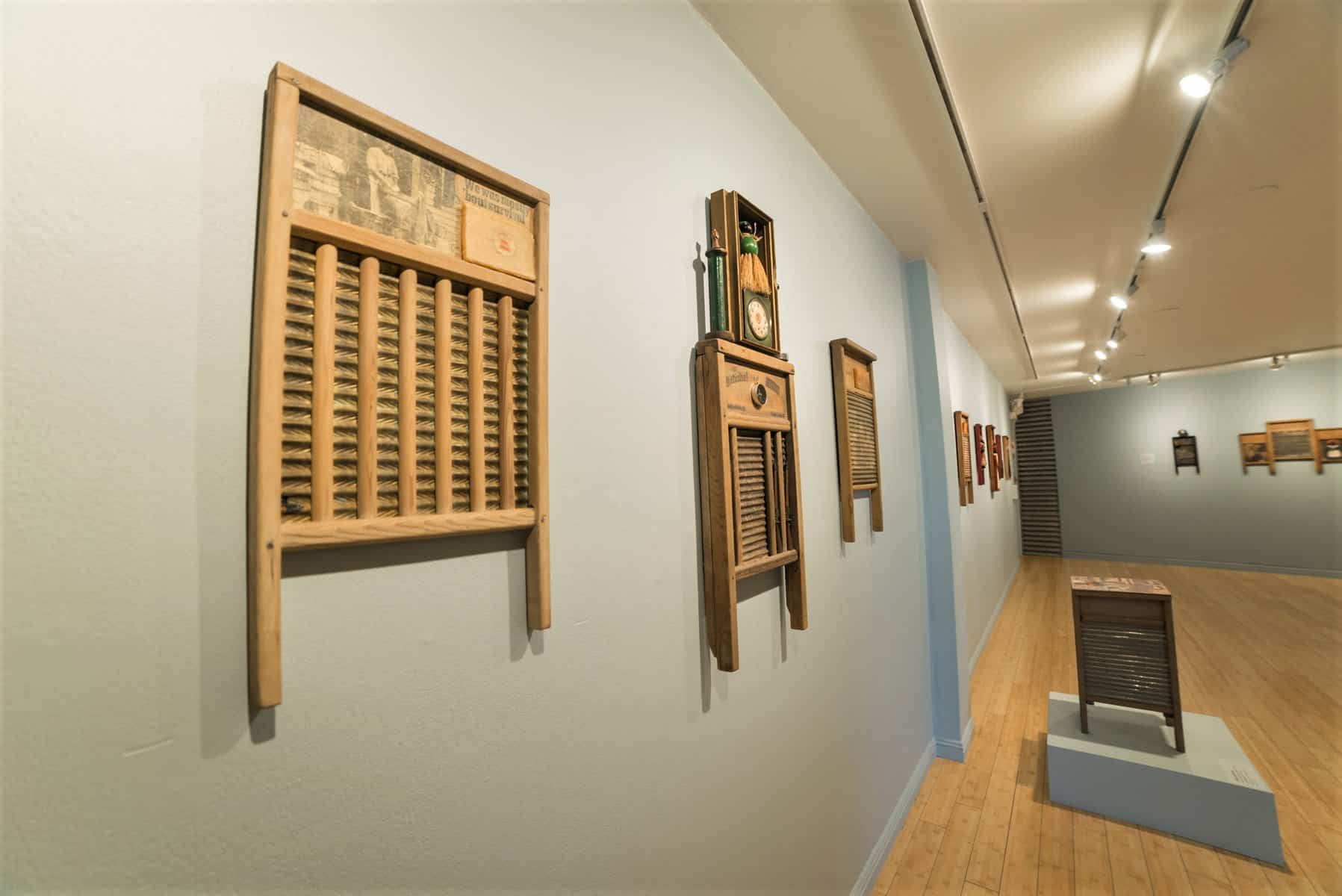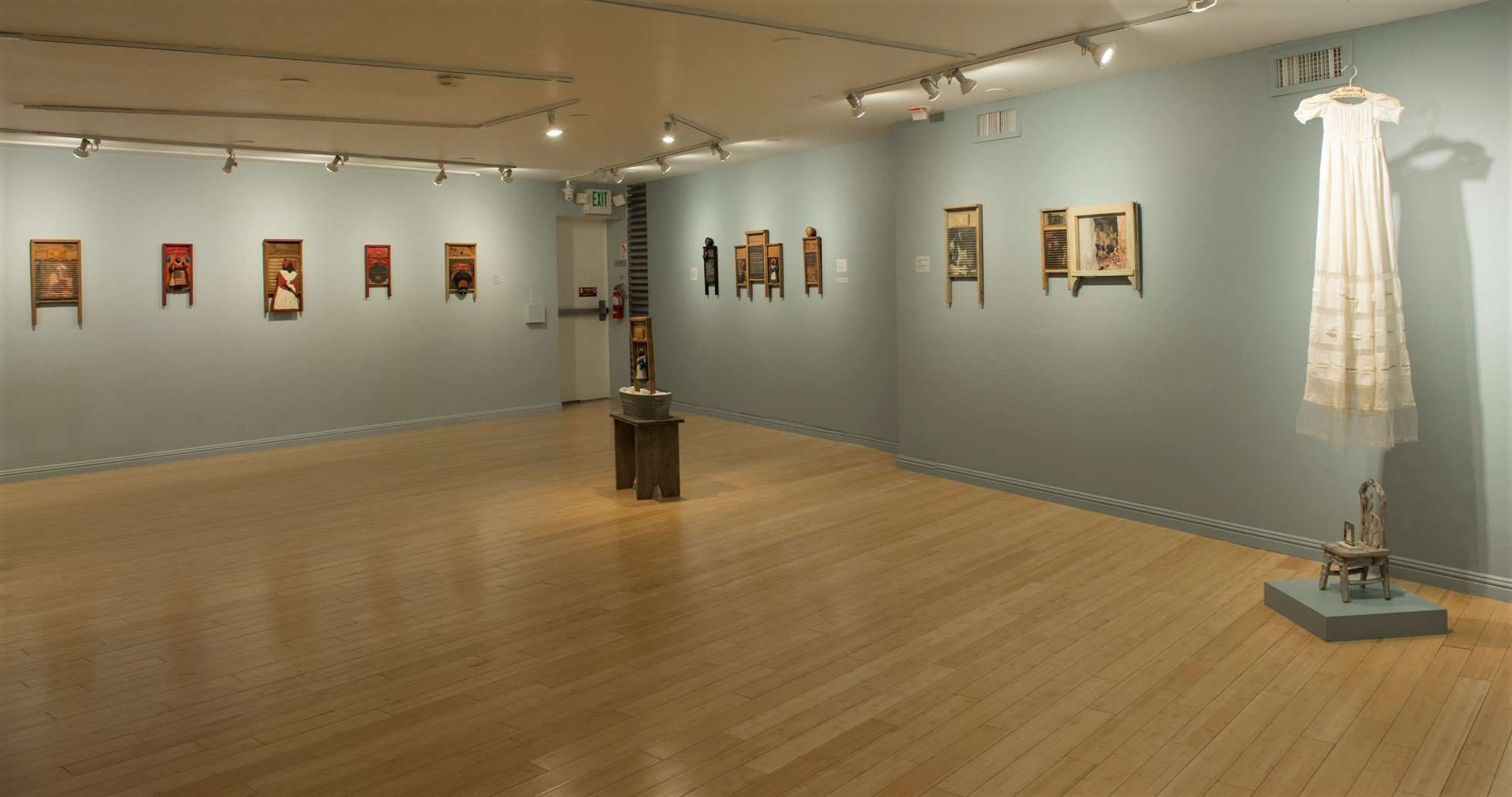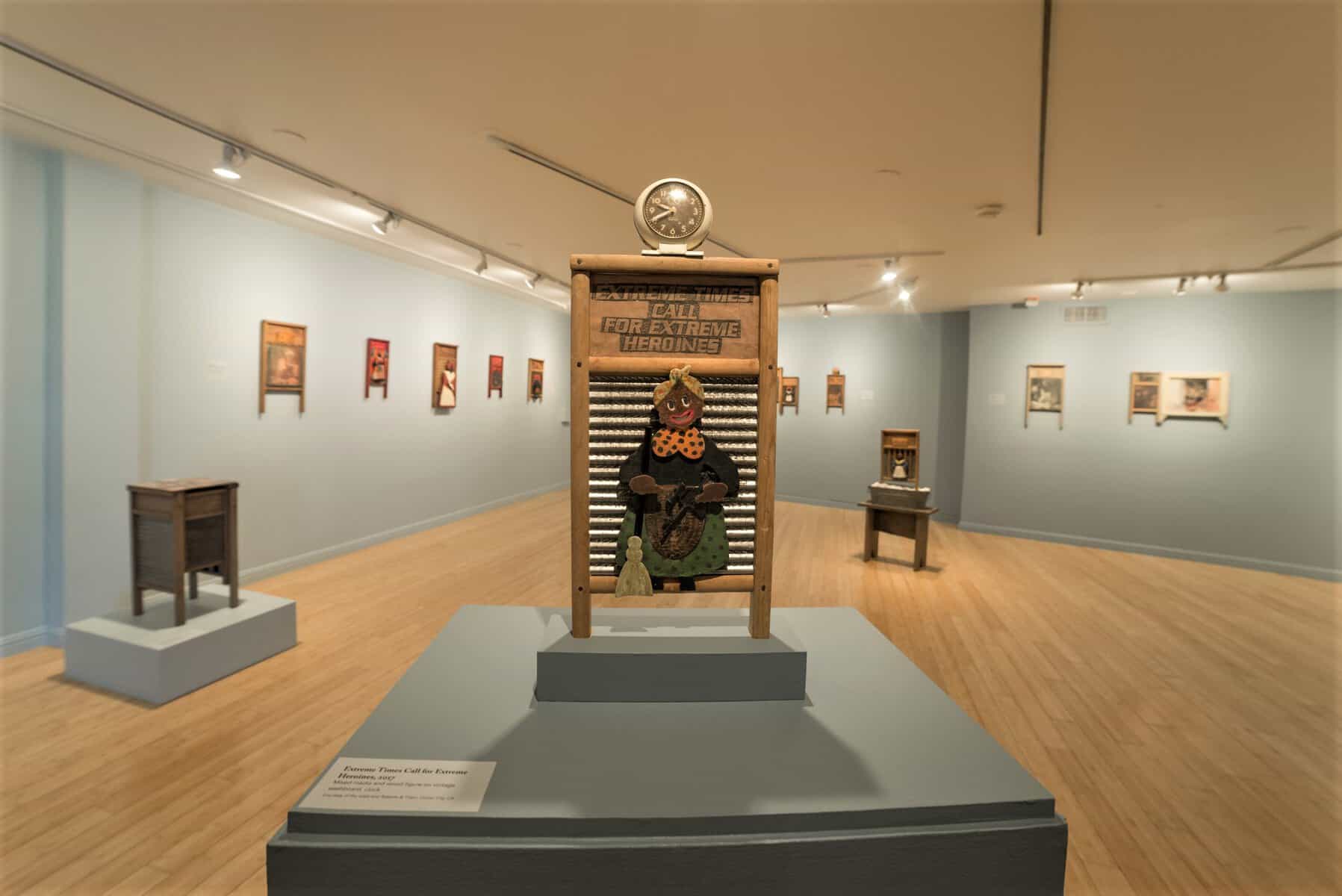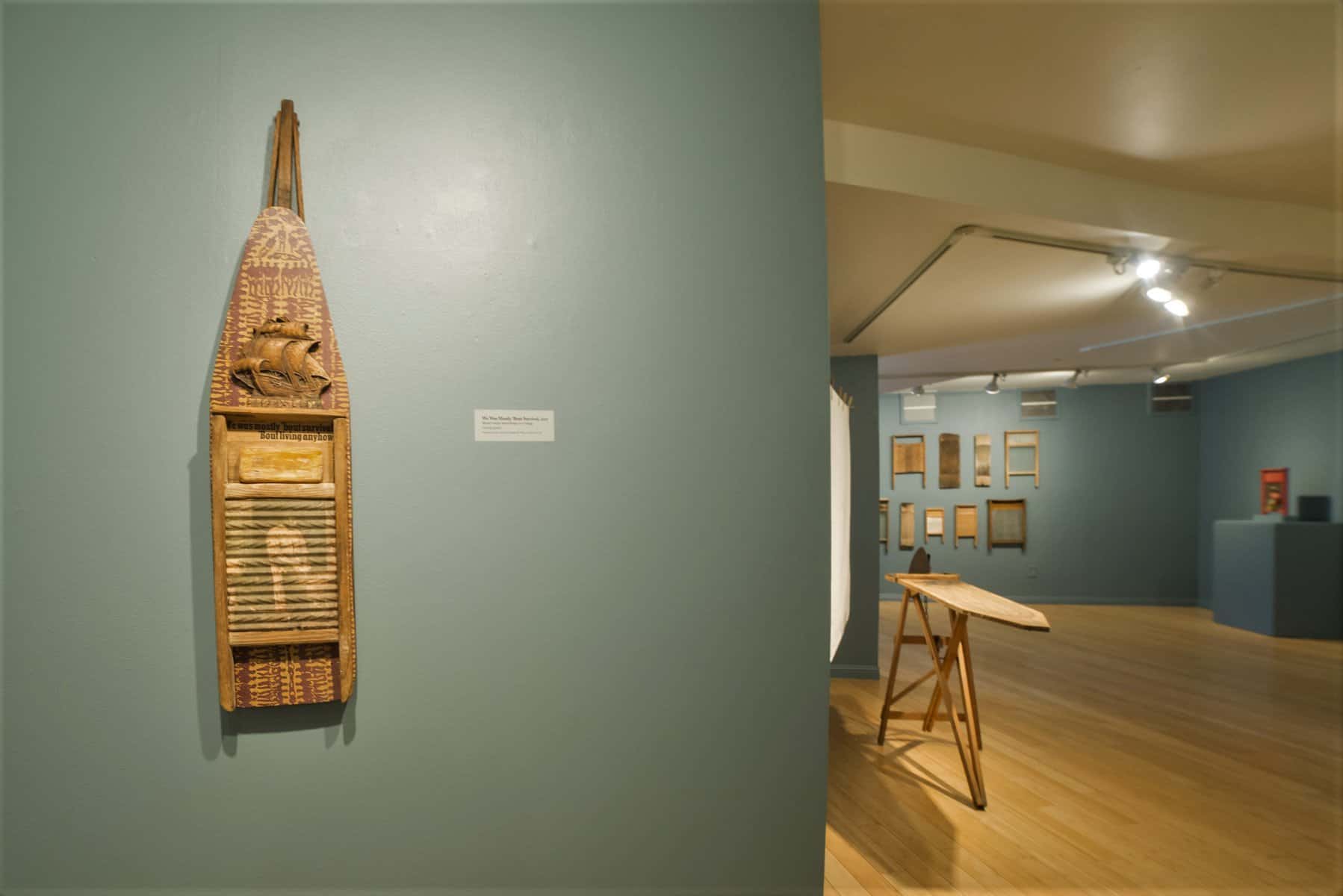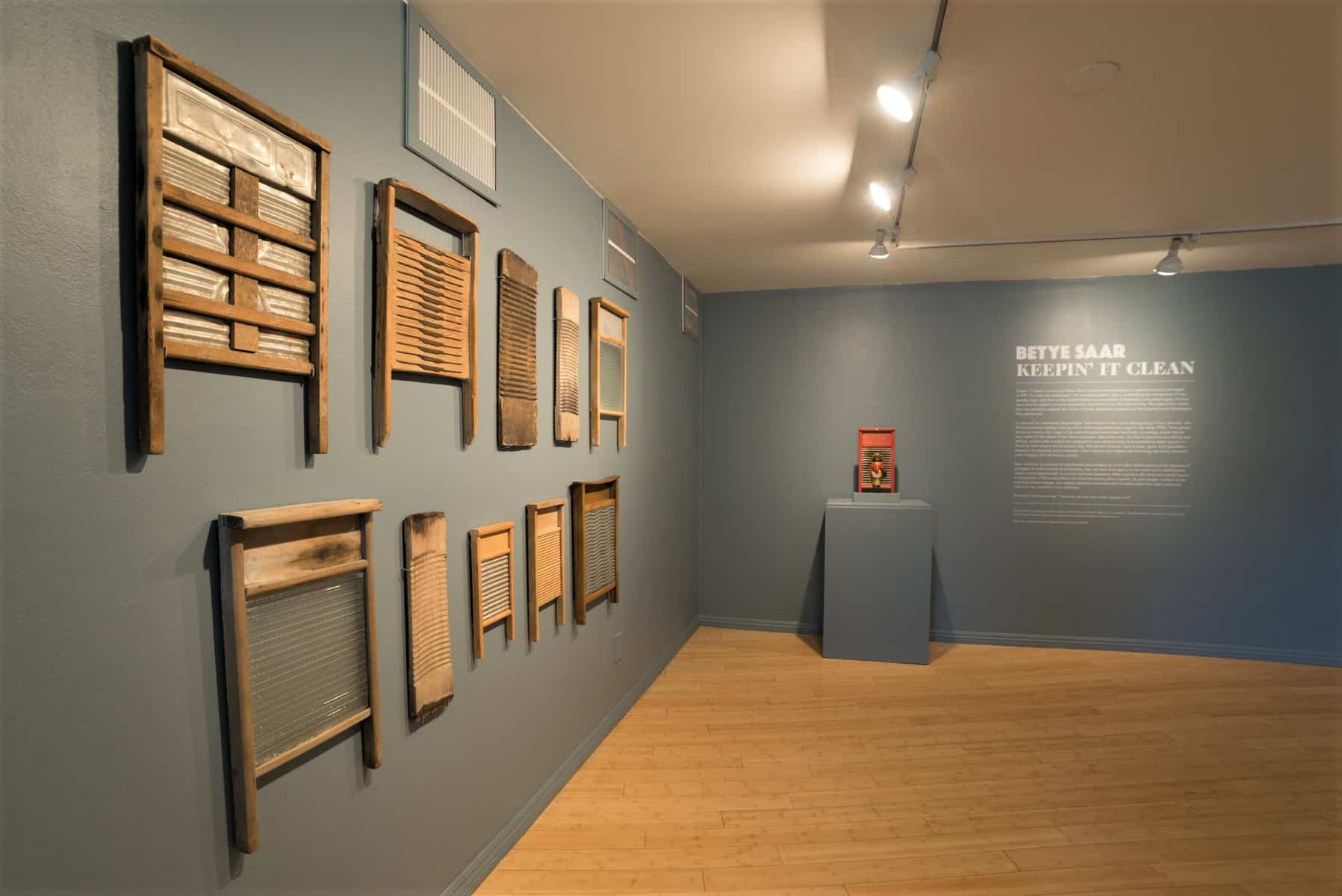Betye Saar: Keepin’ It Clean
May 28, 2017 — August 20, 2017
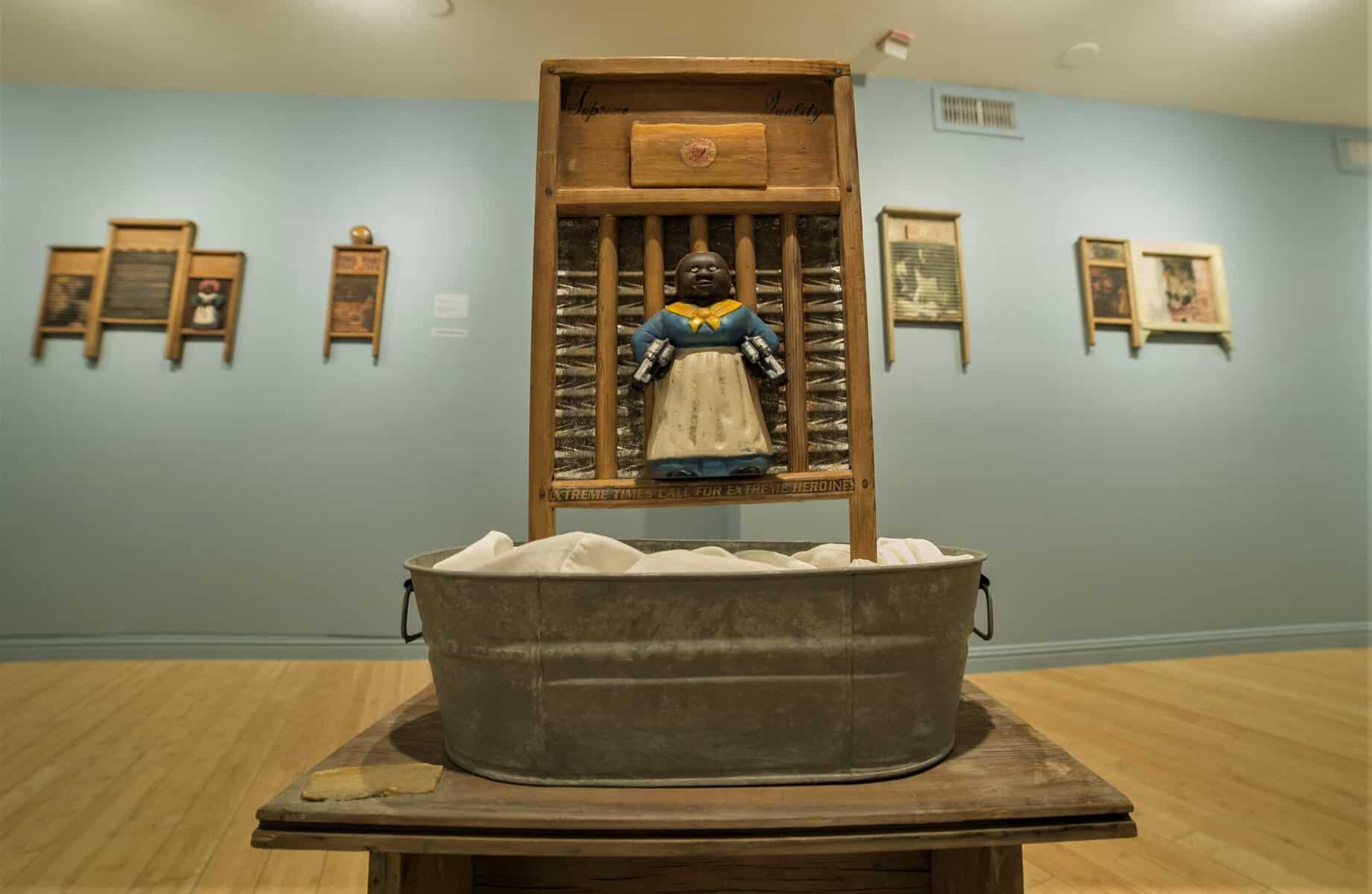
Keepin’ It Clean is a survey of Betye Saar’s washboard assemblages, a significant series she began in 1997. For Saar, the washboard is an incredibly potent object, symbolizing the intersection of race, gender, class, and labor in the United States; it is an emblem of America’s unresolved legacy of slave labor and the systems of racial oppression that continue to afflict the country. Throughout her career, Saar has worked to expose the history of these oppressive systems and the ongoing racial stereotypes they perpetuate.
In many of her washboard assemblages, Saar returns to her iconic reimagining of Aunt Jemima—the famous pancake-making mammy whom Saar empowered with a gun in the early 1970s. Throughout American history, the image of the mammy epitomized Black servitude—a smiling, docile female who cared for the needs of her white employers above her own. But Saar’s mammies are strong and defiant, workers who combat the subjugation and violence they have endured as Black women in America, from slavery era to present day. Armed with brooms, bars of soap, guns, and grenades—weapons of cleansing and revolution—Saar’s workers are tasked with removing the stains of racism and misogyny from American society.
Saar continues to produce her washboard assemblages up to this day. Until America is fully cleansed of its legacy of racial violence and exclusion, Saar will wash and repeat. In her more recent washboards, clocks and timepieces take on a more dominant presence. Male musicians also become central figures, in recognition of the young Black men killed by recent police violence. To give deeper context to the washboard assemblages, two related tableaux and a selection of washboards from Saar’s personal collection are included in the exhibition.
And Saar continues to ask, “America, will you ever clean up your act?”
Curator: Holly Jerger
This exhibition is made possible in part by The Philip and Muriel Berman Foundation, the Greenberg Foundation, The Antonia and Vladimer Kulaev Cultural Heritage Fund, and Nancy Adams & Charles Sims.
Exhibition Photography: Farah Sosa
